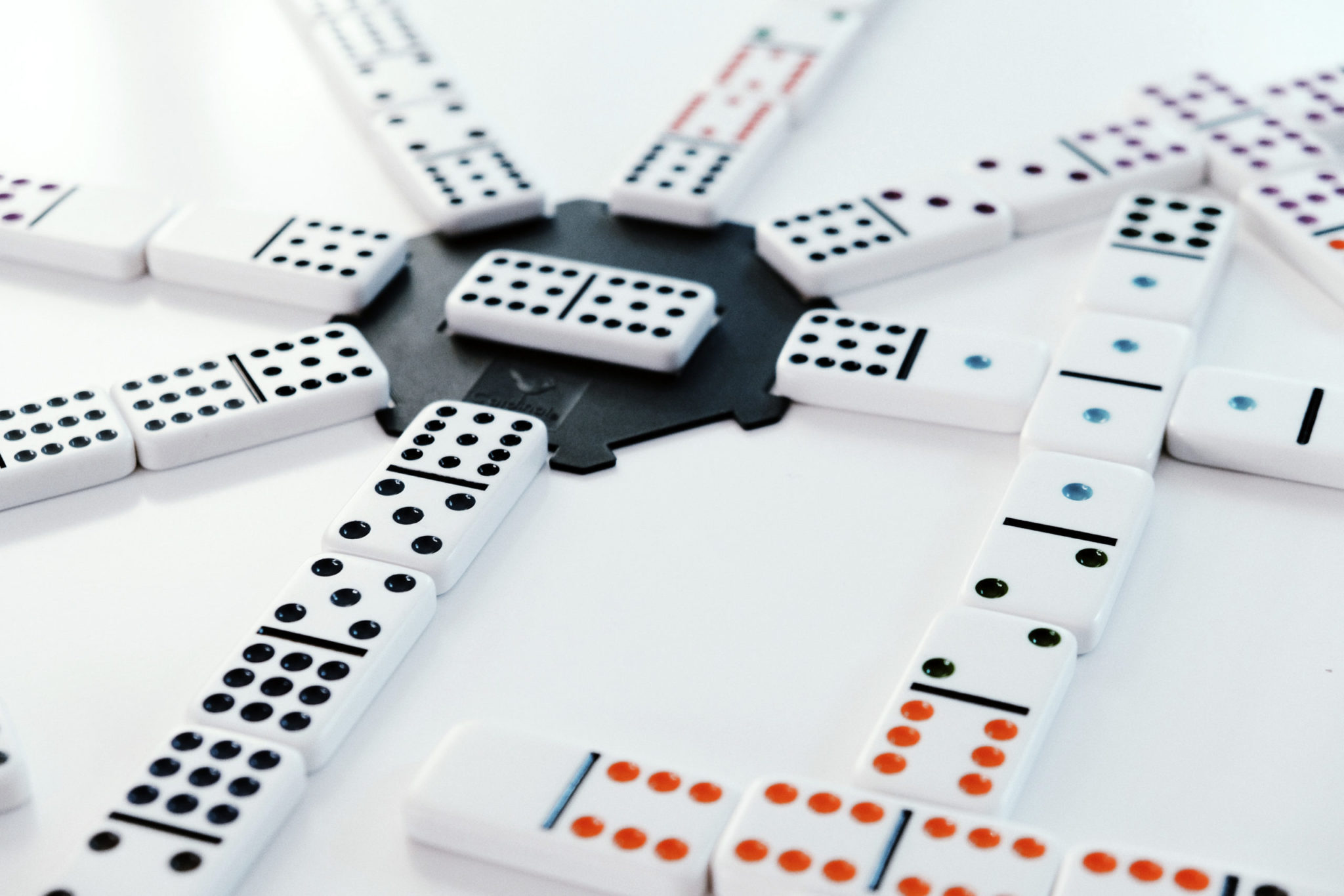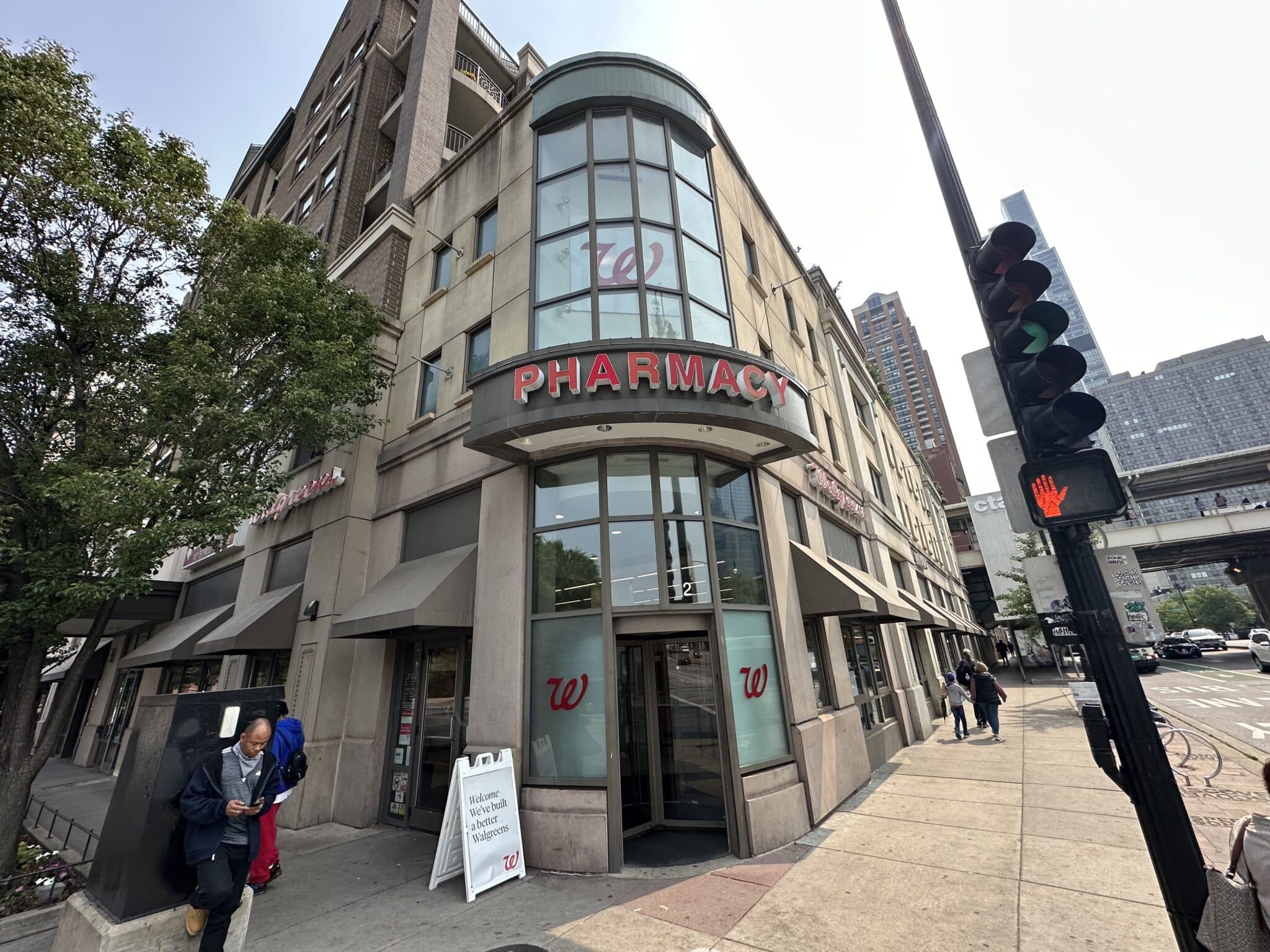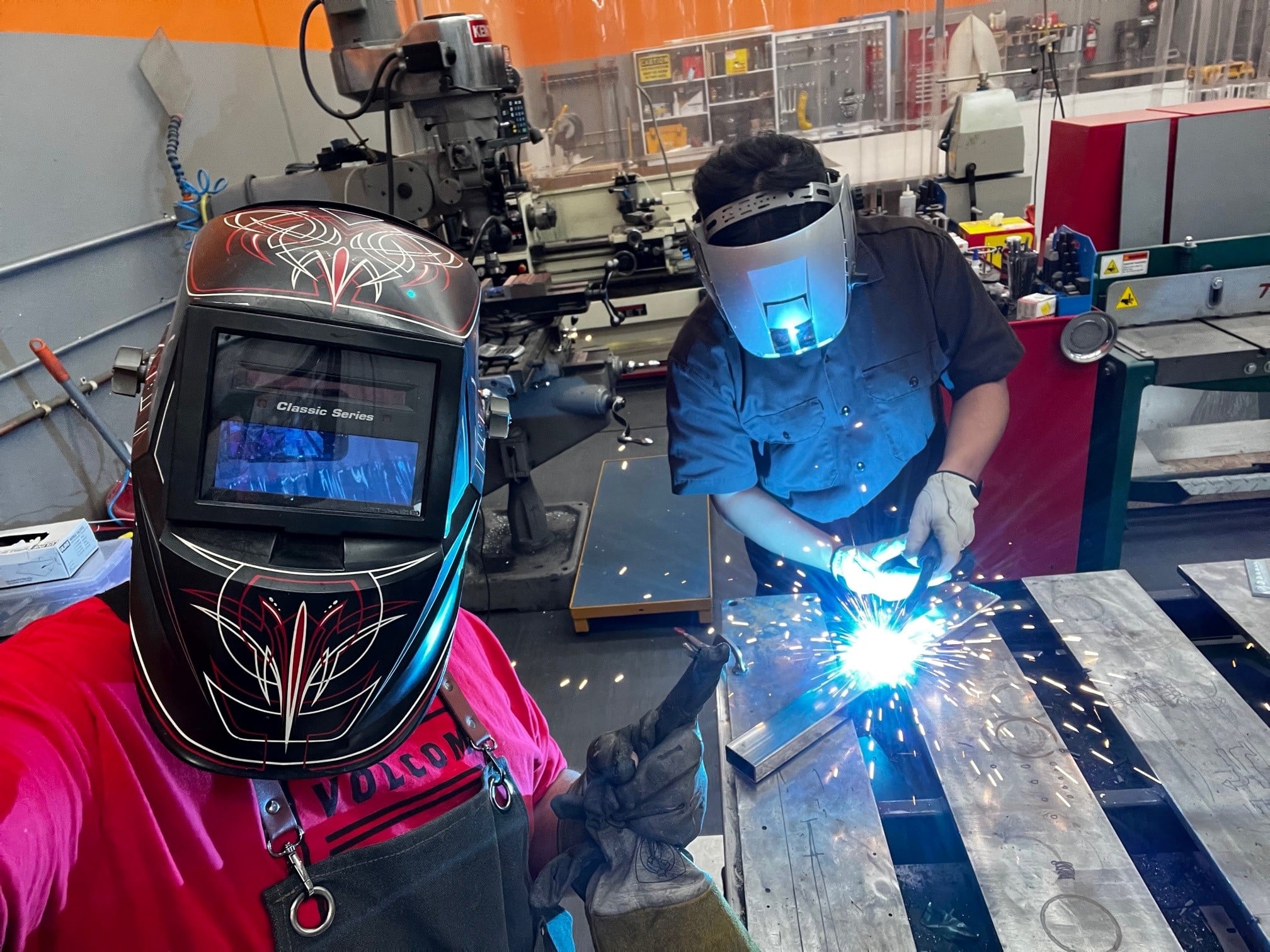Wagreens is experimenting with a new store format, which made its debut earlier this year. A few folks from our team recently visited the newly redesigned Walgreens in the South Loop area of Chicago. The experimental new format is a move in the direction of hybrid retail, but we suspect it’ll take several more iterations of this new concept before Walgreens gets it right.
Big Retailers Face Big Retail Challenges

Large retailers hold an enviable position in the retail world. Regional, national and even global chains have strong brand recognition, expansive store networks and the ability to offer pricing that’s hard to beat at smaller stores or even online. But for all the advantages large retailers have at their disposal, they also face a unique set of challenges. We know this because we’ve spent nearly the past two decades helping them navigate these challenges. Working with hundreds of brands and retailers over the years, we’ve learned that many of these challenges are universal. And as it turns out, we’re quite good at spotting trouble spots early on and helping our clients work through them with minimal disruption.
We find that most challenges faced by large retailers fall into four buckets; 1. cohesive shopping experience, 2. educating the workforce, 3. bridging the omnichannel gap, and 4. maintenance & refresh. Let’s explore them in a bit more detail:
Challenge #1: Deliver a Cohesive Shopping Experience
Our Tip for Success: Establish excellent communication from the start, and set clear expectations for all involved.
Large retailers in particular have the hefty task of displaying thousands of products from hundreds of manufacturers. Creating a consistent look & feel in each department, and having each department flow into the next, does not happen without a tremendous amount of work by all involved. Much of the work we do with our retailer partners centers not just on planogram design, but on creating a cohesive aesthetic throughout the store. This is why we work not only with the retailers, but also with the brands themselves to make sure they each have an equal voice in the process. It’s a tightrope walk to give brands the autonomy they need to ensure they’re happy with how their brand is represented in-store, while at the same time making sure brand representation is equitable across the board. And even when all the brand players are happy, the job’s only half done. Now comes the hard part – figuring out how to create a unified aesthetic throughout. This is where our team really shines. We have in-house design, prototype and engineering resources all under one roof – which means we can move quickly from ideation to concept drawing to physical mock-ups. It’s amazing to see this collaborative process unfold. Each element of a well-designed retail experience is deliberate – fixturing, displays and lighting – each aspect working in harmony to deliver the sort of cohesive shopping experience customers expect.
Challenge #2: A Well-Educated Workforce
Our Tip for Success: Pair intuitive, informative sales tools with powerful, self-help shopper solutions.
Well-informed employees help customers make smart purchasing decisions, while poorly informed employees can leave customers wondering why they made the effort to come into the store in the first place. But with so many products in so many departments, it’s tough to expect salespeople to become experts on everything. But a well-designed display can help. In-store merchandising plays a big role in educating sales associates about various products. This is especially important when it comes to consumer electronics and other higher-value, complicated products. A well-designed display presents product information clearly and effectively communicates the product’s value proposition. Printed graphics are a great way to inform customers – better yet, integrating technology into the display encourages them to engage with the display and dive deeper on the products they’re most interested in. Interactive displays help people learn about product specs, watch videos, read reviews and even compare against other competitive offerings. In fact, one consistent piece of feedback we receive from our clients is that our interactive displays have become an integral part of educating not only their customers, but also their salespeople.
Challenge #3: Bridge the Omnichannel Gap
Our Tip for Success: Direct, engage, educate and retain! Find the most relevant CTA to keep customers in your ecosystem.
Omnichannel strategy is on every retailer’s radar – has been for many years. But some execute better than others. The reality is that it’s tough to connect the online and in-store ecosystems – but we make it a lot easier. Using e-commerce to drive people to the store is pretty straightforward. The pandemic accelerated this a great deal thanks to curbside pickup and other low-touch shopping alternatives that evolved over the past year. Driving people FROM the store online is much more challenging. But it’s not for lack of trying. Retailers are integrating kiosks and other technology into their stores. However there’s a general reluctance on the part of customers to enter their personal information into a public kiosk. That’s why we take a different approach. We find customers are much more likely to use their phones to interact with a display. For example, QR codes are a touch-free, simple way to send product information to a customer’s phone. Better yet, scanning QR codes can point customers to the retailer’s e-commerce platform to complete their purchase online without ever leaving the retailer’s ecosystem.
Challenge #4: Maintenance & Refresh
Our Tip for Success: Consolidate your points of contact to ensure flawless execution for the life of the display.
Retail displays require ongoing maintenance to ensure they’re functional and current. Periodic detailing is required to make sure everything about the display – especially any powered or mechanical elements – are functioning properly. Maintenance aside, one of the most challenging aspects of display upkeep is making sure the product assortment stays current. For example, most CE products such as phones and tablets are updated once or twice a year, and it behooves the retailer to display the most current products. To help our retail partners manage this process, we work directly with the brands to anticipate their refresh cycles. For most of our retail partners, we manage the entire product refresh process. By coordinating the product refresh calendar across all brands, we can refresh multiple brands simultaneously to minimize disruption and downtime. And whenever possible, we print and ship new graphics in a single batch, rather than refreshing graphics one brand at a time – saving retailers on shipping and printing costs, while minimizing the time it takes to update the graphics in-store.
A Winning Partnership
Years of partnership with some of the world’s largest and most successful retailers has proven to be some of the most rewarding work we do. Interested to learn more about our approach to the retail space? Then let’s talk!
(Photo credit goes to Ryan Quintal (@ryanquintal). See more of his work here).



